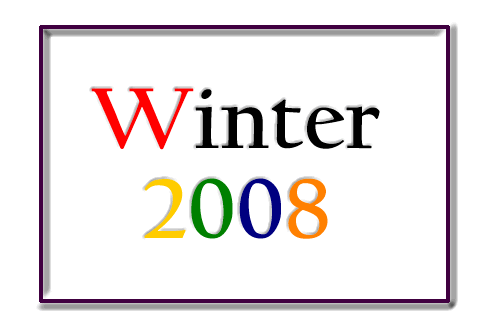

 |
 |
|
Helpful Links:
|
Course Information
Working on the CDF lab machines
Accessing the CDF computers from homeIf you have internet access at home, you can log in to your CDF account and work from home, to some extent.Running programs which do "graphical user interface" operations from home is somewhat difficult, and requires compatible graphics software on your home computer. However, getting a command-line interface on CDF, basically identical to what you get in the "terminal" window in the lab, is relatively straightforward. There is a remote login protocol called "ssh" which is supported by the CDF computers. That is, the CDF computers run the "server"; what you need for home is the "client" software, which is the other side of a "server-client" connection over the internet. (Similarly, your web browser is a "client" and it connects to a "web server" over the internet.) Possible client software (all freely distributable) is:
To establish an "ssh" connection to CDF, you need to enter your CDF logname (c8whatever) and the name of the computer to which you are connecting, for which you can use "cdf.toronto.edu". The first time, it will ask you if you are willing to trust this new computer by saving its public key. After you confirm that, then you will be connected and the CDF computer will demand your password. When you are connected in this way, as noted above, without extra software you won't be able to run anything "graphical" (i.e. opening its own windows, accepting mouse clicks, etc). You get a terminal window only. But you can do most things in the terminal window. In particular, you won't be able to run the "SciTE" editor over an ssh-only connection (without the X windows software). However, there are a number of editors you can use, which work only within the terminal window, using only text. The one I recommend is "pico", which is the editor portion of the "pine" e-mail reader you've been using. You can type "pico file" to start editing the file named "file", etc. Copying files between your home computer and your CDF account is more complicated. I suggest simply working on your CDF account in the first place, whether from home or in the lab. This way your files are always there, all the same, like the advantage of "centralized storage" mechanisms as discussed in lecture. Copying files between CDF and other computers using the ssh protocolCopying files between your home computer and your CDF account is more complicated than simply logging in, and it is recommended that you work on your CDF account in the first place, whether from home or in the lab. This way your files are always there, all the same, like the advantage of "centralized storage" mechanisms as I'm discussing in lecture. That is to say, your goal of using a computer at home to do your CSC 104 course work does not mean that the files have to be on your home computer. You can simply log in to the CDF computer over the internet, avoiding any need to copy files around the place; you can use a text editor such as "pico", and run your Python programs simply with "python file". However:
|